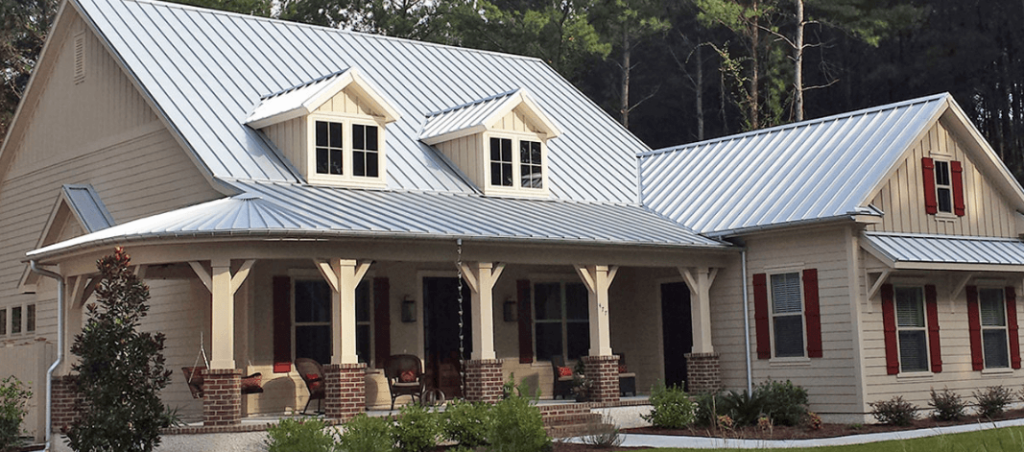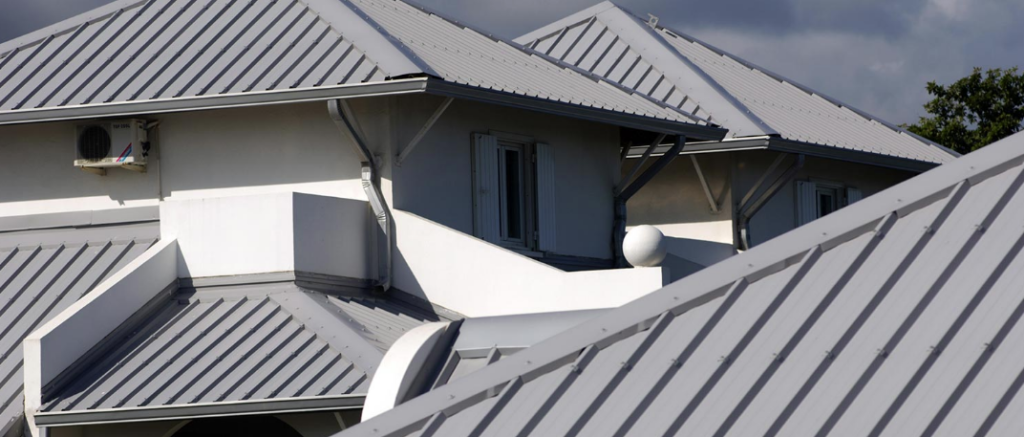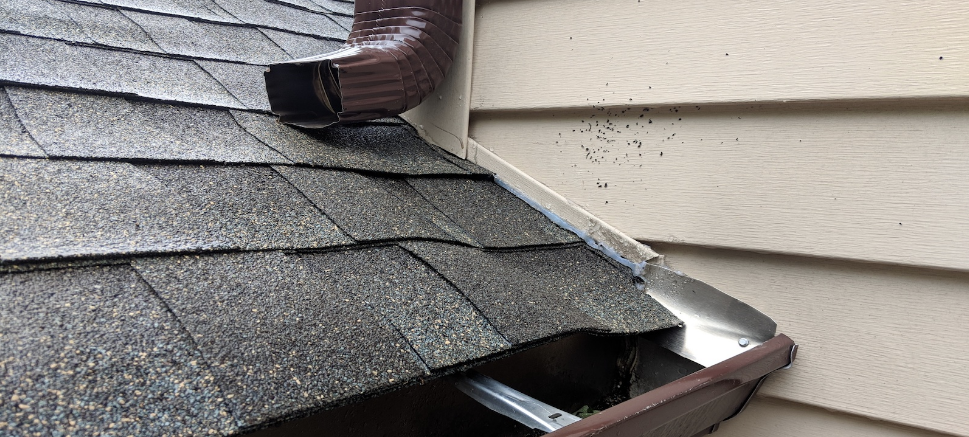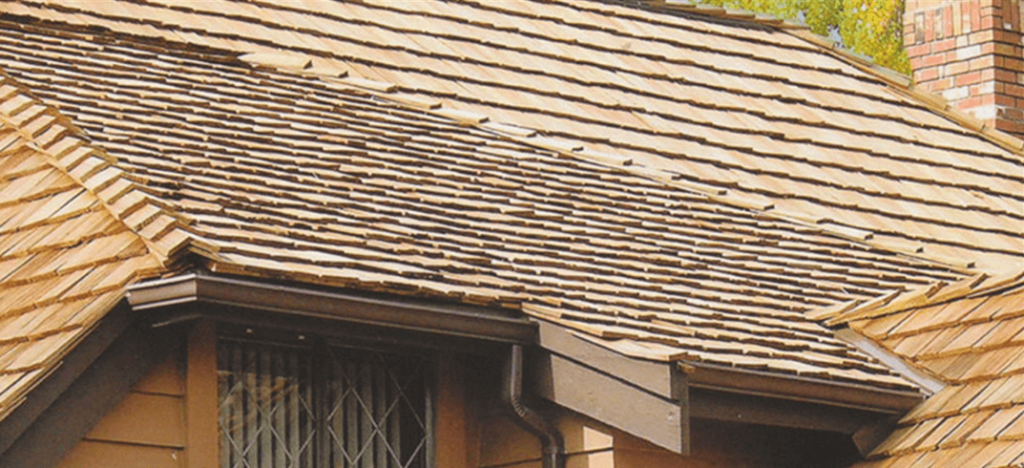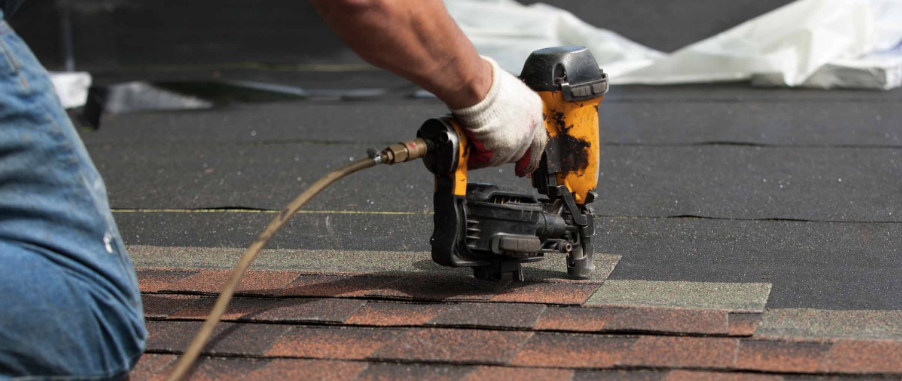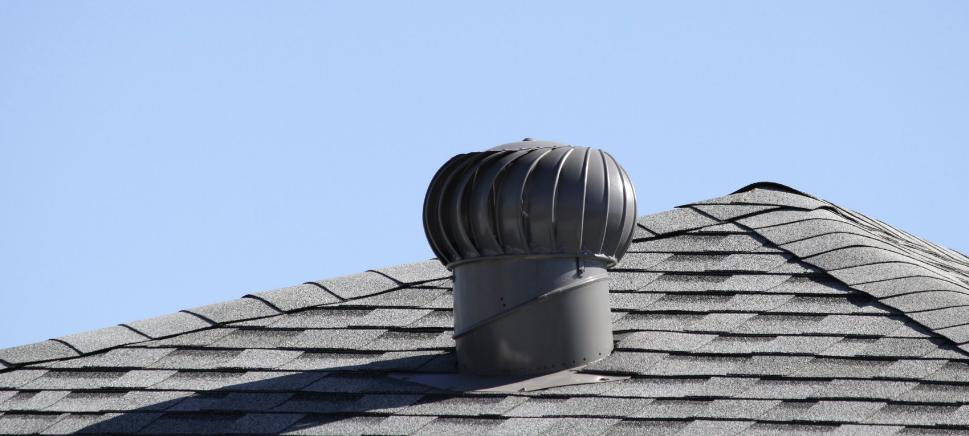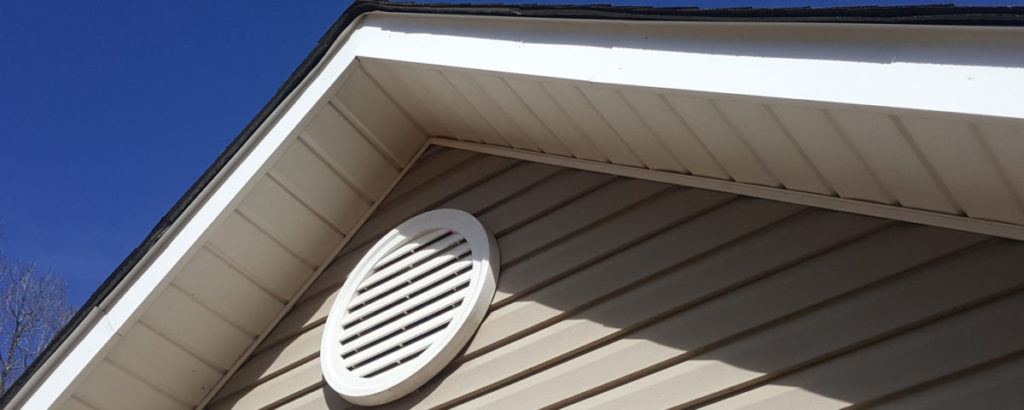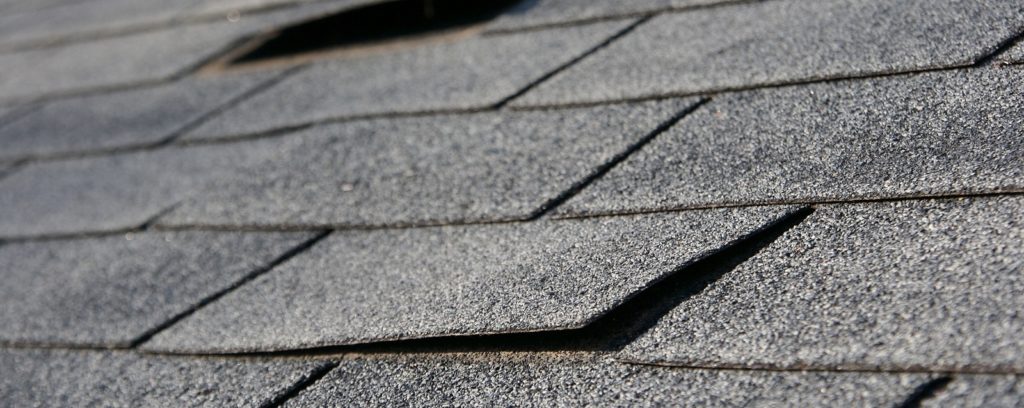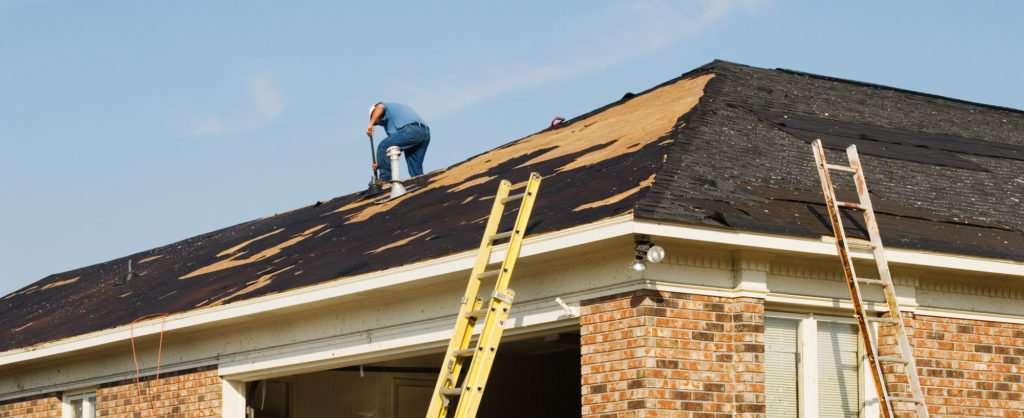June 20, 2019 in Roofing
Metal Roofing: The Best Choice for All Types of Weather
The more time you spend researching roofing choices, the more you realize that metal roofing is a great choice for many situations. Not only does it look great and offer a relatively affordable solution compared to other options, it is also great at dealing with weather. If you are working on a roofing project in an area that is subjected to harsh weather on a regular basis (like here in the DC metro area), you will at least want to consider the possibility of opting for a metal roof.
Holding Firm in the Wind
If you aren’t familiar with how metal roofing works, you might think that it would be at risk of flying away in the wind. With a good metal roof, this just isn’t likely to happen. Since there are not separate shingles to consider, you don’t have to worry about losing sections of your roof to a wind storm. Instead, as long as you have a heavy metal roof that is installed properly, the wind should just whip right on over.
Channeling Away the Rain
One of the most common weather conditions your roof will face is rainfall. Obviously, when the rain comes down, your roof needs to keep it from leaking into your house, and it needs to funnel the water away, so it doesn’t cause problems later on. A metal roof will allow the rain to slide off the house without any trouble, and a coating that is applied to quality metal roofing will keep it from rusting as the years go by. Some potential buyers also have concerns about the sound that might be produced by a metal roof in a rainstorm, but that shouldn’t be an issue as long as you have sufficient insulation.
Reflecting the Heat
When the sun is shining brightly, you probably aren’t too worried about the condition of your roof. After all, a beautiful day filled with blue skies sure seems like it would be easier on a roof than a nasty storm. However, for some roofs, a day of hot sunshine can be a problem, if the temperatures rise high enough. Fortunately, metal roofs are great at reflecting heat away. The surface of the roof will be hot during the heat of the day, but it will also cool quickly after the sun goes down.
The Lightning Factor
One other concern some homeowners have about using a metal roof is the thought of lightning being drawn to the roof. When lightning strikes, it simply finds the fastest way to get to the ground, often through a tall tree or similarly prominent object. So, your house is at no greater risk for a lightening strike than it would be with a different type of roof. In addition. A metal roof won’t catch fire, so you may even feel a bit better when dealing with an electrical storm than you would with a material that could burn. In the end, no matter what kind of weather conditions your home has to face, a metal roof is ready for the task.

